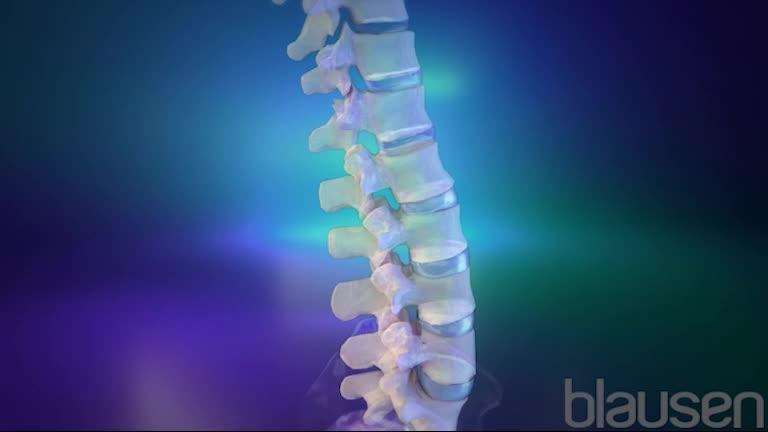
Anatomy of the Spine
The spine is a column of bones that forms the axial skeleton. This framework provides strong, yet flexible support for the trunk of the body as well as protection for the delicate spinal cord housed within it. The spine consists of 33 vertebrae stacked vertically upon each other. The vertebrae are connected by facet joints at the back of the spine. These joints allow movement between the bones of the spine. The vertebrae are stabilized by ligaments and, most importantly, are separated by an intervertebral disc between each vertebra, which functions as a shock absorber. The vertebrae can be classified into five segments. These segments include 7 cervical vertebrae, 12 thoracic vertebrae, 5 lumbar vertebrae, 5 fused sacral vertebrae, and 4 fused coccygeal vertebrae. The spinal cord runs through a canal located at the back of the vertebrae, and extends from the brain stem to the lumbar region of the spine. Nerves branch out from the spinal cord, sending messages for movement and body functions to the rest of the body. The anatomical shape of the adult spine also contains four basic curvatures. The thoracic and sacral regions are concave anteriorly, while the cervical and lumbar regions are concave posteriorly. This unique shape of the spine allows it to support the weight of the human body.